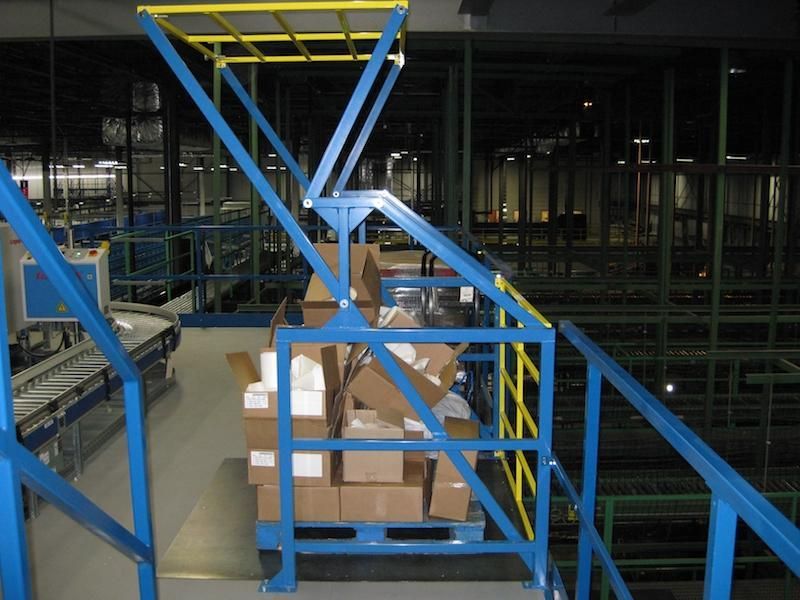
Ergonomics of Safety
Safety equipment is paramount in any facility, especially those in material handling, distribution or manufacturing industries.
But, make sure that your safety equipment doesn’t create new hazards while guarding against others. In this regard, the famous quote “First do no harm” applies to material handling safety.
Workers are often are required to lift heavy items, move heavy loads, reach above or below to grab or place items and more. These movements are often repeated throughout the day. Repetitive motions can increase an employee’s risk for injury; they can also contribute to fatigue, another factor for injury.
Equipment should be installed to reduce the effort and strain on these employees and to make the process as ergonomic as possible.
As a manufacturer of guarding products we are involved in many production platforms where ingredients are loaded up to the elevated platform then unloaded into hoppers and reactors to mix the ingredients into finished product. Employees are often positioned on these upper levels and are opening the bags of ingredients, then carrying them over to the hoppers where they are manually dumped. The bags are heavy, the area is often dusty and hot, and the work is repetitive: a perfect recipe for injury.
To reduce injuries, the area should be designed so the hoppers are in close proximity to the pallets of ingredients so the employees do not have to travel with the heavy bags. Lift tables should be installed where the pallets are deposited so the bags can be raised or lowered to the ultimate height, and when necessary, the tables should rotate so the bags on the far side of the pallet can be reached without strain.
In this type of application it is imperative to secure the ledges of these elevated platforms for fall protection so the workers are protected from the ledges. This safety system should not depend on someone to remember or to make an effort to close the safety device. Instead it should always be closed through the use of a dual-gate system such as the Roly or Tri-Side pallet drop safety gate so when one side of the device is opened, the opposite side closes, maintaining a safe environment at all times.
With this set up the employee on the platform will raise or lower the gate depending on the work that they are doing, so the safety device must be easy and ergonomic to operate. Do not install a safety gate that solves the problem of fall protection but creates a new problem of having another heavy item that your employees need to move throughout the day.
For ease of operation, all of our safety gates use counterbalanced gates so the gate closing on one side helps to raise the gate on the other side. With a well designed, counterbalanced gate system the effort to open and close the gates are minimal.
However, even with the counterbalanced gates in certain applications where the gates are custom widths or the operator needs to stand off to the side of the unit to operate, we add additional mechanics to aid the operation. Many of our designs include a hydraulic damper that opens the gates; this allows the gates to be operated with a fingertip, and controls the speed of the gate so it opens and closes in a slow, controlled fashion.
All of our gates are tested in our facility to ensure an easy, ergonomic operation before they are installed in the end user’s facility. We want to make sure that the safety device being installed to keep people safe isn’t creating new issues by being difficult to operate.
This same practice should be followed when installing any safety device. Make sure that the safety device is not creating new issues for your employees. Speak with a manufacturer who specializes in safety products for the material handling industry, who has knowledge on the subject and has provide solutions for similar applications to yours. Make sure to discuss the operation of the gate with the manufacturer to determine if the gate will be easy to operate and provide protection at all times.